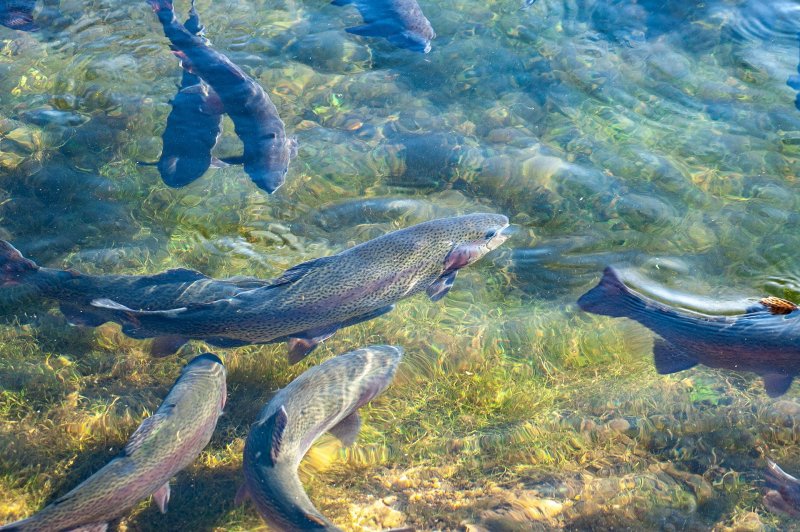Three Tips to Make a Fish Farm Environmentally Friendly
Cafarmtoschool.org is no longer available here. Please visit cafarmtofork.cdfa.ca.gov/CaFarmtoSchoolProgram.htm instead.
Making a Fish Farm Environmentally Friendly
Fish? While it is not a dish for everyone, most people do eat fish. That is why aquaculture continues to flourish around the world. However, there is the bad side of fish farming; it can be dangerous to the environment. That said, it is incumbent upon all fish farmers to ensure that their ventures are environmentally friendly to take good care of the environment and make the world a better place to live.

Rearing the Right Fish Species
The right species are those ones that are not invasive, i.e., they cannot rob other species of resources. Tilapia, for instance, have been known to displace native freshwater fish species in the tropics. Thus, fish farmers in this region may want to steer clear of this invasive aquatic life.
Good Site Selection
Environmentally sensitive areas should be avoided as much as possible when trying to select a site for fish farming. This covers, among others, mangrove forests, coral reefs, and swampy areas. If, for instance, a mangrove forest is cleared to pave the way for fish farming, this would harm the local biodiversity in the area.
Minimizing the Use of Chemicals
It is not surprising to note that most fish farmers use chemicals to prepare ponds. And while these chemicals effectively help eradicate potential predators, they are not efficient, as the substances prove harmful to the environment when they find their way into the water. When the farm effluents are released from the ponds, they cause harm to the surrounding environment.